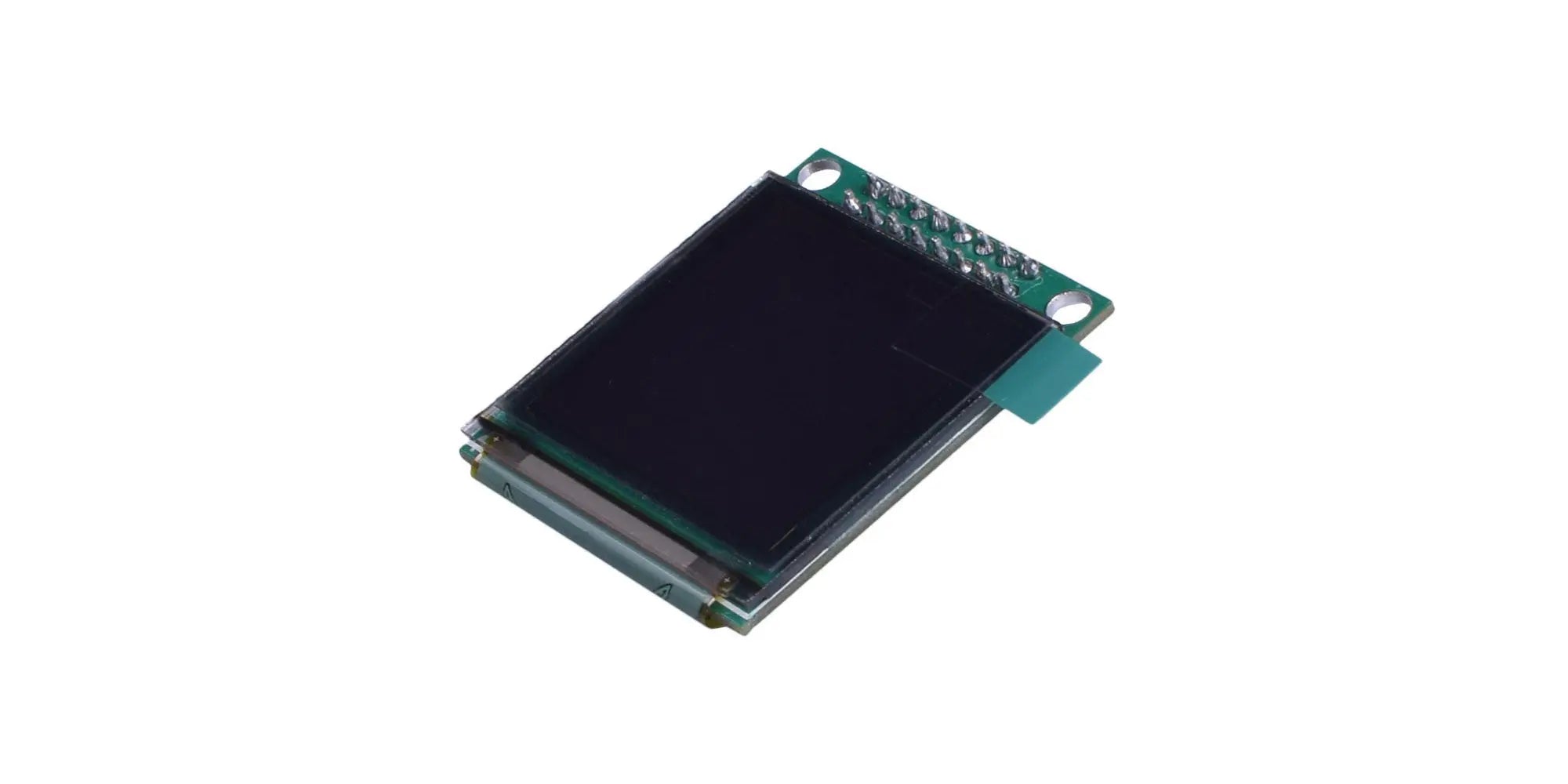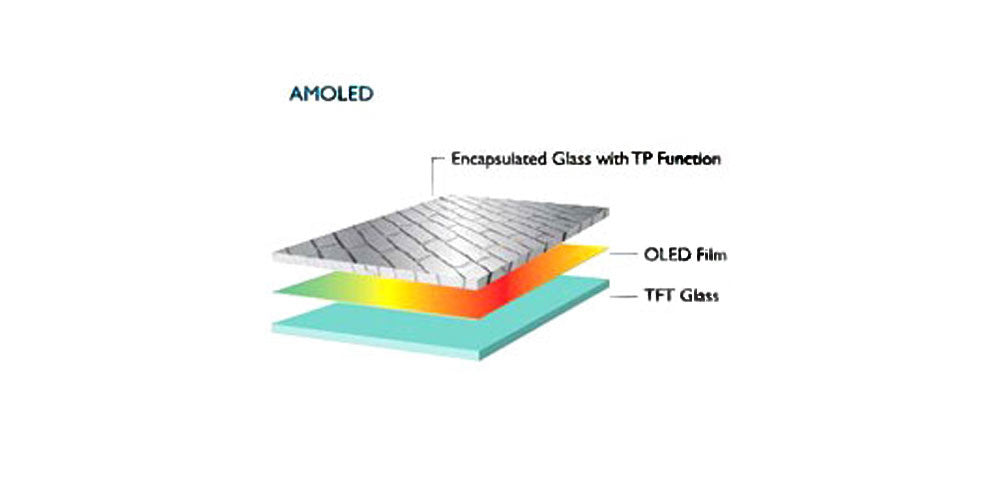Recently, with the launch of iWatch and Samsung’s new product, AMOLED receives great attentions. AMOLED (active-matrix organic light-emitting diode), is a display technology in mobile devices and television.

At Visionox Technology Innovation Seminar in Kunshan, Jiangsu, also showed a new kind of AMOLED which is just 5mm thick. It brings a strong visual impact to the participants.

An AMOLED display consists of an active matrix of OLED pixels generating light (luminescence) upon electrical activation that have been deposited or integrated onto a thin-film-transistor (TFT) array, which functions as a series of switches to control the current flowing to each individual pixel.

Typically, this continuous current flow is controlled by at least two TFTs at each pixel (to trigger the luminescence), with one TFT to start and stop the charging of a storagecapacitor and the second to provide a voltage source at the level needed to create a constant current to the pixel, thereby eliminating the need for the very high currents required for passive-matrix OLED operation.
TFT backplane technology is crucial in the fabrication of AMOLED displays. In AMOLEDs, the two primary TFT backplane technologies,polycrystalline silicon (poly-Si) and amorphous silicon (a-Si), are currently used offering the potential for directly fabricating the active-matrix backplanes at low temperatures (below 150 °C) onto flexible plastic substrates for producing flexible AMOLED displays.
--From Wikipedia
더 읽기

A LED Strip Light is a flexible circuit board populated by surface mounted light-emitting diodes that usually comes with an adhesive backing.

OLED is a light-emitting diode in which the emissive electroluminescent layer is a film of organic compound which emits light in response to an electric current.



댓글 남기기
이 사이트는 hCaptcha에 의해 보호되며, hCaptcha의 개인 정보 보호 정책 과 서비스 약관 이 적용됩니다.